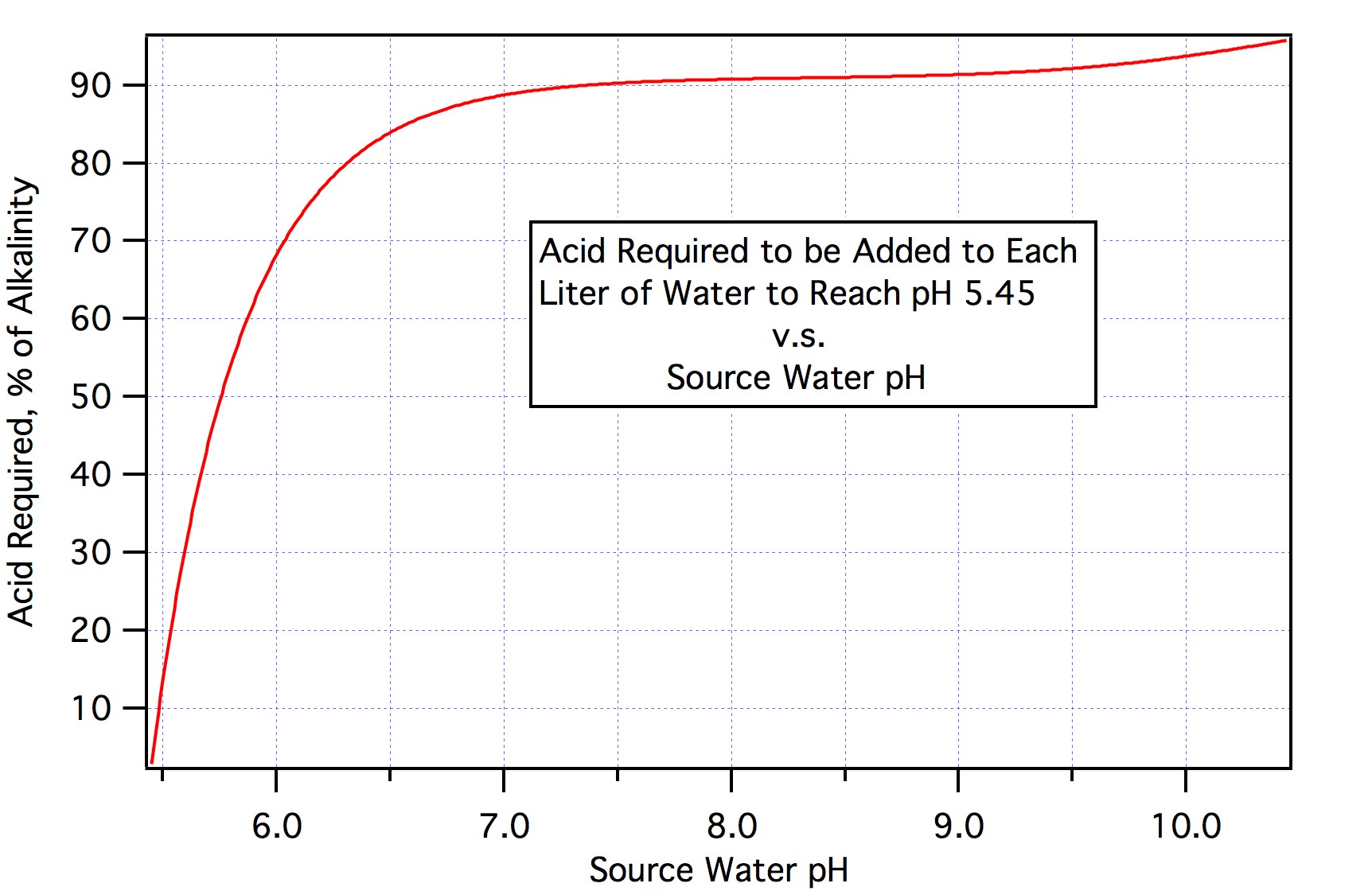JGivan
Member
So I finally broke down and got my water tested but now where do I go from here? I initially did this to start adjusting my pH levels but after seeing the crazy amount of posts about water chemistry I realize there is much more to this and I am in way over my head. HELP!
pH 7.4
Total Dissolved Solids (TDS) Est, ppm 89
Electrical Conductivity, mmho/cm 0.15
Cations / Anions, me/L 1.5 / 1.3
ppm
Sodium, Na 9
Potassium, K 1
Calcium, Ca 14
Magnesium, Mg 5
Total Hardness, CaCO3 56
Nitrate, NO3-N 0.7 (SAFE)
Sulfate, SO4-S 2
Chloride, Cl 5
Carbonate, CO3 < 1.0
Bicarbonate, HCO3 61
Total Alkalinity, CaCO3 50
Total Phosphorus, P 0.05
Total Iron, Fe 0.33
pH 7.4
Total Dissolved Solids (TDS) Est, ppm 89
Electrical Conductivity, mmho/cm 0.15
Cations / Anions, me/L 1.5 / 1.3
ppm
Sodium, Na 9
Potassium, K 1
Calcium, Ca 14
Magnesium, Mg 5
Total Hardness, CaCO3 56
Nitrate, NO3-N 0.7 (SAFE)
Sulfate, SO4-S 2
Chloride, Cl 5
Carbonate, CO3 < 1.0
Bicarbonate, HCO3 61
Total Alkalinity, CaCO3 50
Total Phosphorus, P 0.05
Total Iron, Fe 0.33







































